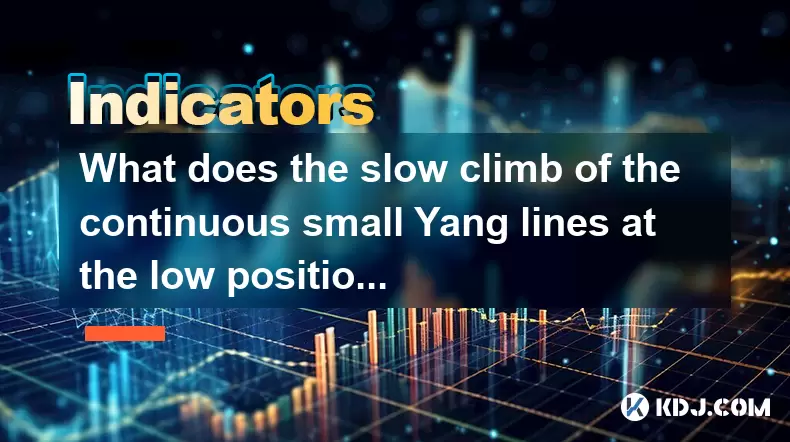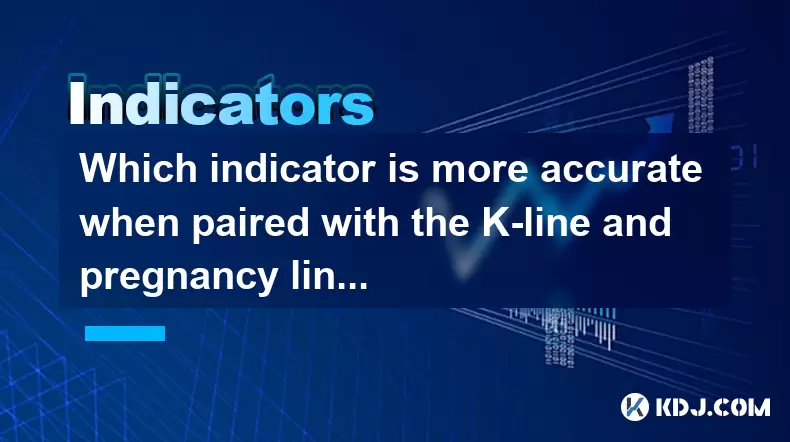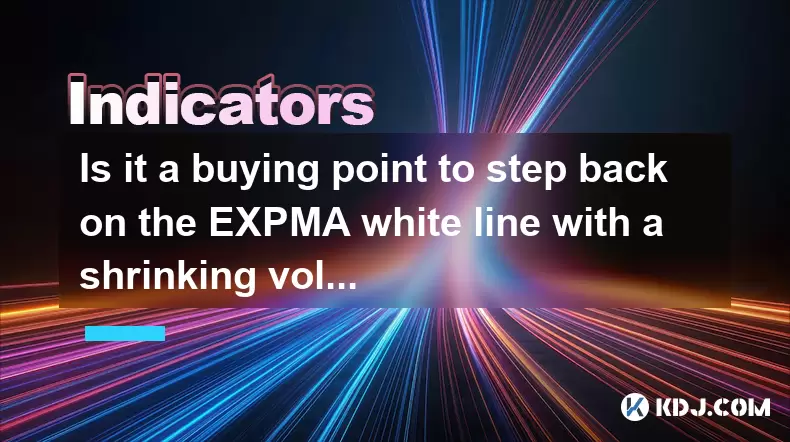-
 Bitcoin
Bitcoin $119300
1.07% -
 Ethereum
Ethereum $3730
3.87% -
 XRP
XRP $3.235
0.29% -
 Tether USDt
Tether USDt $1.000
0.00% -
 BNB
BNB $783.5
1.88% -
 Solana
Solana $188.7
0.25% -
 USDC
USDC $0.0000
-0.01% -
 Dogecoin
Dogecoin $0.2399
-0.44% -
 TRON
TRON $0.3157
2.37% -
 Cardano
Cardano $0.8254
1.94% -
 Hyperliquid
Hyperliquid $42.83
0.14% -
 Stellar
Stellar $0.4372
3.21% -
 Sui
Sui $3.859
4.91% -
 Chainlink
Chainlink $18.53
3.53% -
 Hedera
Hedera $0.2464
0.01% -
 Bitcoin Cash
Bitcoin Cash $519.8
2.46% -
 Avalanche
Avalanche $24.24
2.17% -
 Litecoin
Litecoin $113.7
0.73% -
 UNUS SED LEO
UNUS SED LEO $8.990
0.30% -
 Shiba Inu
Shiba Inu $0.00001390
0.21% -
 Toncoin
Toncoin $3.188
1.49% -
 Ethena USDe
Ethena USDe $1.001
0.02% -
 Polkadot
Polkadot $4.090
-0.91% -
 Uniswap
Uniswap $10.40
4.08% -
 Monero
Monero $326.6
3.12% -
 Bitget Token
Bitget Token $4.627
-0.42% -
 Pepe
Pepe $0.00001281
0.76% -
 Dai
Dai $1.000
0.01% -
 Aave
Aave $291.6
0.98% -
 Cronos
Cronos $0.1269
7.26%
What does the slow climb of the continuous small Yang lines at the low position indicate? When to accelerate?
A slow climb of small Yang lines near support suggests institutional accumulation and potential trend reversal, signaling early-stage strength in crypto markets.
Jun 29, 2025 at 01:14 am

Understanding the Continuous Small Yang Lines in Cryptocurrency Charts
In the realm of cryptocurrency trading, candlestick patterns play a crucial role in technical analysis. One such pattern that often catches the attention of traders is the slow climb of continuous small Yang lines at the low position. These candlesticks represent sustained but gradual buying pressure when prices are relatively low.
Each small Yang line, or bullish candle, indicates that buyers managed to push prices higher during the session, even if only slightly. When these candles appear consistently over time and are positioned near a significant support level or historical price floor, they suggest that market sentiment may be turning positive.
Small Yang lines reflect incremental accumulation by institutional investors or whales.
What This Pattern Indicates About Market Behavior
The appearance of multiple small Yang lines after a downtrend signals that selling pressure is waning. It typically means that large players are quietly accumulating assets without triggering a sharp upward movement that could alert retail traders en masse.
This slow accumulation phase can last for several days or even weeks depending on the asset's liquidity and overall market conditions. The key takeaway here is that while the price isn't surging yet, it's also not falling further, which is a sign of stabilizing demand.
A cluster of small Yang lines shows early-stage strength and hints at a potential trend reversal.
It's important to note that this pattern alone should not be used as a standalone signal. Traders must look for additional confirmation such as increasing volume, moving average crossovers, or breakout from key resistance zones.
Identifying When the Rally Might Accelerate
Acceleration typically occurs once the accumulation phase ends and more aggressive buyers step into the market. This shift can be identified through certain technical signs:
- A sudden surge in trading volume.
- Formation of a larger bullish candle engulfing previous small ones.
- Breakout above a well-established resistance level.
At this point, momentum traders and latecomers begin to notice the emerging trend, leading to increased participation and faster price movement.
Acceleration is often triggered when the asset breaks out of its consolidation range with high volume.
Traders should monitor closely for these signals and adjust their positions accordingly. Placing stop orders just above recent highs can help capture early gains once the move begins.
How to Trade This Pattern Effectively
Trading the slow climb of small Yang lines requires patience and precision. Here’s a detailed approach to managing trades around this pattern:
- Identify a clear downtrend followed by a period of sideways or slowly rising price action.
- Confirm that the small Yang lines occur near key support levels or Fibonacci retracement zones.
- Look for increasing volume on each subsequent Yang candle to validate growing buying interest.
- Wait for a breakout candle that closes above resistance with strong volume.
- Enter a long position after the breakout candle closes, placing a stop-loss below the recent swing low.
- Set profit targets based on previous resistance levels or measured moves.
Effective trading involves combining candlestick patterns with volume and structural support/resistance levels.
Using tools like Bollinger Bands or Relative Strength Index (RSI) can further refine entry and exit points during this phase.
Common Mistakes to Avoid When Observing This Pattern
Many novice traders misinterpret the slow climb of small Yang lines as a sign of an immediate rally. However, rushing into a trade too early can lead to losses if the consolidation continues longer than expected.
Other common mistakes include:
- Ignoring broader market conditions or news events that could delay or prevent a breakout.
- Failing to wait for confirmation before entering a position.
- Overleveraging due to impatience or false confidence in the pattern.
- Neglecting to use proper risk management techniques like stop-loss orders.
Patience and discipline are essential when trading consolidation patterns like small Yang lines.
Avoiding these pitfalls can significantly improve the success rate of trades based on this pattern.
Frequently Asked Questions
Q: Can small Yang lines appear during uptrends as well?
Yes, small Yang lines can appear during uptrends as part of continuation patterns. In such cases, they indicate healthy buying interest and are often seen during minor pullbacks within a larger bullish structure.
Q: How many small Yang lines are needed to consider this a valid pattern?
There is no strict number, but seeing at least 5–7 consecutive small Yang lines increases the reliability of the pattern. More candles in the sequence provide stronger evidence of sustained accumulation.
Q: Is this pattern reliable across all cryptocurrencies?
While commonly observed in major cryptocurrencies like Bitcoin and Ethereum, the reliability of small Yang lines depends on the asset's liquidity and trading volume. Less liquid altcoins may show similar patterns that fail to result in meaningful breakouts.
Q: Should I always wait for a breakout before entering a trade?
It is generally safer to wait for a confirmed breakout with increased volume. Entering too early risks getting stuck in extended consolidation phases where the price might retest support levels again.
Disclaimer:info@kdj.com
The information provided is not trading advice. kdj.com does not assume any responsibility for any investments made based on the information provided in this article. Cryptocurrencies are highly volatile and it is highly recommended that you invest with caution after thorough research!
If you believe that the content used on this website infringes your copyright, please contact us immediately (info@kdj.com) and we will delete it promptly.
- TRON, Crypto Payroll, and Stablecoins: A New York Minute on the Future of Finance
- 2025-07-25 08:30:11
- WazirX, Revote, and Crypto Unlock: A New York Minute on the Latest Developments
- 2025-07-25 06:50:11
- Hong Kong Stablecoin Regulation: Navigating the Hype and Hurdles
- 2025-07-25 08:30:11
- Bitcoin LTHs, CDD Ratio, and Distribution: What's the Deal?
- 2025-07-25 08:50:12
- Satoshi-Era Bitcoin Whale Awakens: $469 Million in BTC on the Move
- 2025-07-25 06:30:11
- TIA Tokens, Crypto Shift & Ripple Effect: What's the Deal?
- 2025-07-25 07:10:11
Related knowledge

Should I go all in when DIF crosses DEA?
Jul 25,2025 at 12:42am
Understanding DIF and DEA in MACD AnalysisWhen traders analyze DIF and DEA in the context of the Moving Average Convergence Divergence (MACD) indicato...

Should I go all in when the upper edge of the box is broken?
Jul 25,2025 at 01:50am
Understanding the 'Box' in Cryptocurrency Price ChartsThe term 'box' in cryptocurrency trading typically refers to a price consolidation range where t...

Should I go all in when the parabolic turning signal appears?
Jul 25,2025 at 06:36am
Understanding the Parabolic Turning Signal in Crypto TradingThe parabolic turning signal is a technical indicator derived from the Parabolic SAR (Stop...

Should I follow up with a full position when the trading volume suddenly increases?
Jul 25,2025 at 12:28am
Understanding Sudden Increases in Trading VolumeA sudden spike in trading volume often signals heightened market activity and can indicate that new in...

Which indicator is more accurate when paired with the K-line and pregnancy line combination?
Jul 25,2025 at 05:43am
Understanding the K-Line and Pregnancy Line CombinationThe K-line, also known as the Japanese candlestick chart, is a foundational tool in technical a...

Is it a buying point to step back on the EXPMA white line with a shrinking volume?
Jul 25,2025 at 08:56am
Understanding the EXPMA Indicator and Its White LineThe Exponential Moving Average (EXPMA) is a technical analysis tool widely used in cryptocurrency ...

Should I go all in when DIF crosses DEA?
Jul 25,2025 at 12:42am
Understanding DIF and DEA in MACD AnalysisWhen traders analyze DIF and DEA in the context of the Moving Average Convergence Divergence (MACD) indicato...

Should I go all in when the upper edge of the box is broken?
Jul 25,2025 at 01:50am
Understanding the 'Box' in Cryptocurrency Price ChartsThe term 'box' in cryptocurrency trading typically refers to a price consolidation range where t...

Should I go all in when the parabolic turning signal appears?
Jul 25,2025 at 06:36am
Understanding the Parabolic Turning Signal in Crypto TradingThe parabolic turning signal is a technical indicator derived from the Parabolic SAR (Stop...

Should I follow up with a full position when the trading volume suddenly increases?
Jul 25,2025 at 12:28am
Understanding Sudden Increases in Trading VolumeA sudden spike in trading volume often signals heightened market activity and can indicate that new in...

Which indicator is more accurate when paired with the K-line and pregnancy line combination?
Jul 25,2025 at 05:43am
Understanding the K-Line and Pregnancy Line CombinationThe K-line, also known as the Japanese candlestick chart, is a foundational tool in technical a...

Is it a buying point to step back on the EXPMA white line with a shrinking volume?
Jul 25,2025 at 08:56am
Understanding the EXPMA Indicator and Its White LineThe Exponential Moving Average (EXPMA) is a technical analysis tool widely used in cryptocurrency ...
See all articles

























































































